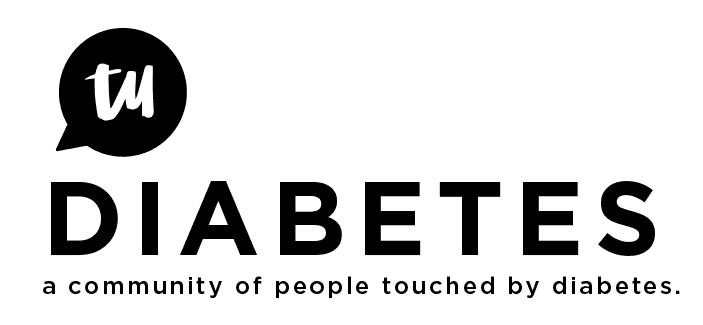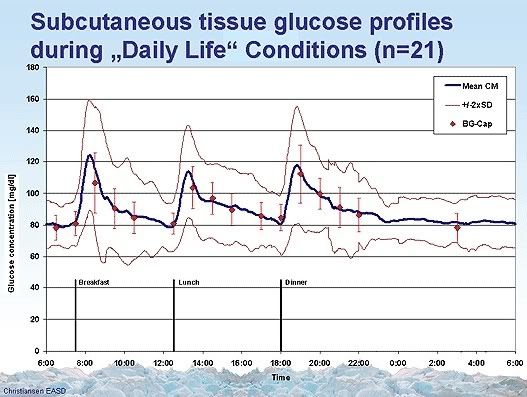I've actually taken a fair bit of time reading through the research posted on that site.
Regarding the 140 mg/dl as a line for where damage begins, the conclusions are either misunderstood at best by the webmaster, or deliberately rewritten by the webmaster to be misleading at worst. The truth is, the vast majority of studies linked on that site are not designed to determine at what BG organ damage actually begins, or employed any type of methodology to search for the point at which organ damage begins.
Simply put, the 140 mg/dl line for organ damage has been somehow construred or wrongly derived from the Oral Glucose Tolerance Test which simply specifies that a 2 hour post prandial BG above 140 mg/dl is indicative of a problem in metabolizing BG.
http://diabetes.about.com/od/symptomsdiagnosis/a/ogtt.htm
Basically, the collection of studies on the site, employ a methodology that seperates subjects, or data on subjects, into two groups, those showing a decreased ability to metabolize BG according to an OGTT, and those who do not. Not surprisingly, if you show a decreased ability to metabolize glucose, you show a higher probability having a virtual smorgasbord of problems associated with organ damage all the way down to the cellular level.
Here are the actual conclusions from the first study linked under the very misleading heading Nerve Damage Occurs when Blood Sugars Rise Over 140 mg/dl (7.8 mmol/L) After Meals.
My emphasis to show the distinction between the actual conclusions and the extrapolation made by the webmaster.
CONCLUSIONS—Our results suggest that IGT may cause or contribute to small-fiber neuropathy, which is similar in phenotype to the painful sensory neuropathy commonly encountered in diabetes. Two-hour OGTT is more sensitive than other measures of glucose handling in screening these patients.
Here, IGT means Impaired Glucose Tolerance.
Reading through the studies, you'll find that actual 2 hour post-meal BG levels of the study subjects are all over the map and, in many cases, are much higher than the 140 mg/dl cut-off for IGT.
To be fair, the discussion on the site does make it very clear that the studies are based on OGTT data but, since the studies do not employ any type of methodology to determine the point at where damage begins, it is very misleading to conclude that damage actuually begins at 140 mg/dl.
Now, I'm not saying that you shouldn't try to keep your 2 hour-postprandial below 140 mg/dl. I certainly do and I get very frustrated and OC Diabetic when I cannot do that. I start to think the worst of myself and imagine my organs dissolving into a pool of slimy goo because I'm having BGs above 140 mg/dl.
That doesn;t mean it's actually happening, though, and that's the very important distinction to make. There are probabably a gazillion variables associted with the number of times that happens in a given time period, how long post 2 hours you're spending above a certain threshold, etc etc, that contribute to diabetic complications. All of them need to be studied, and should be studied, before panic inducing headlines can be published and scientifically supported.


